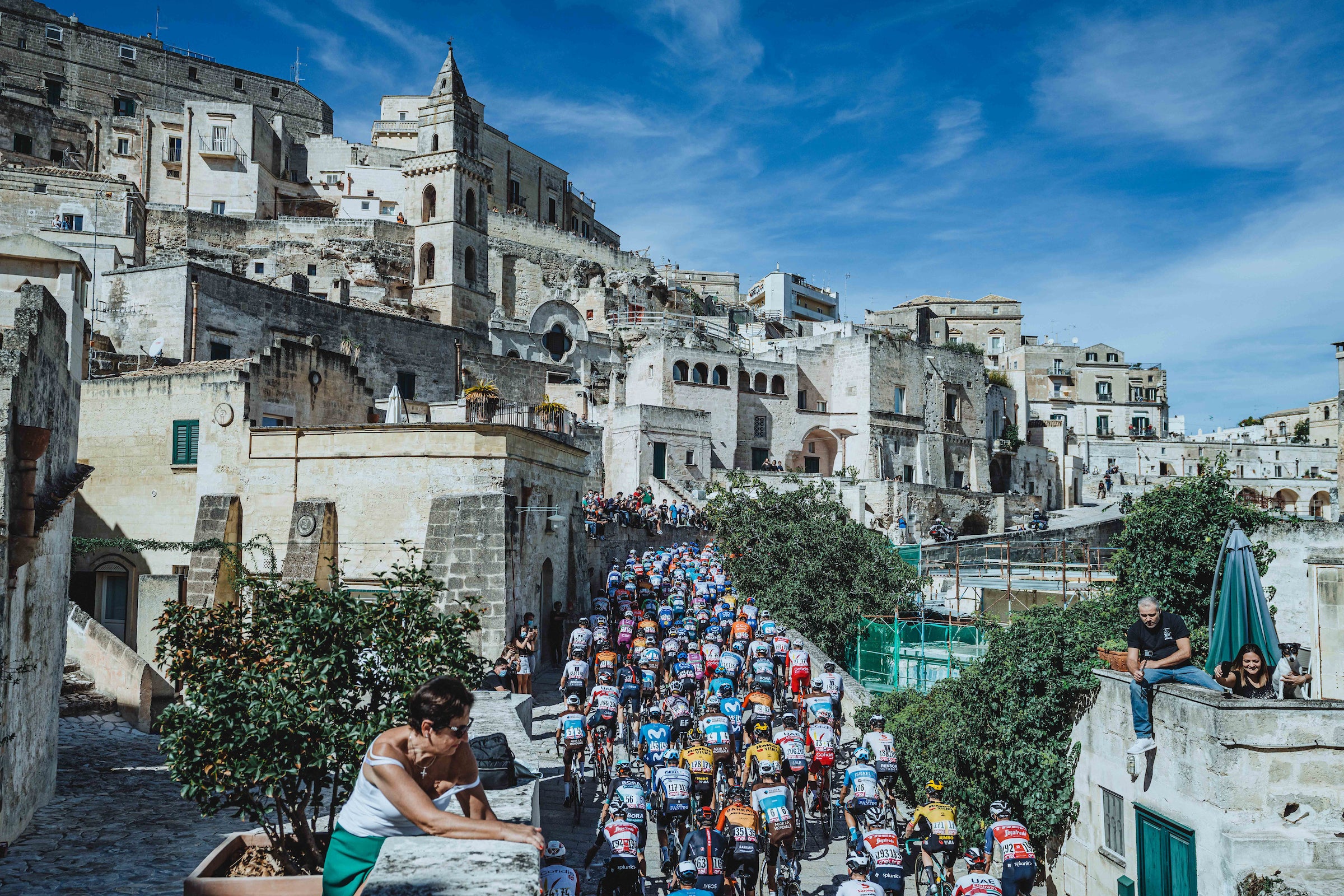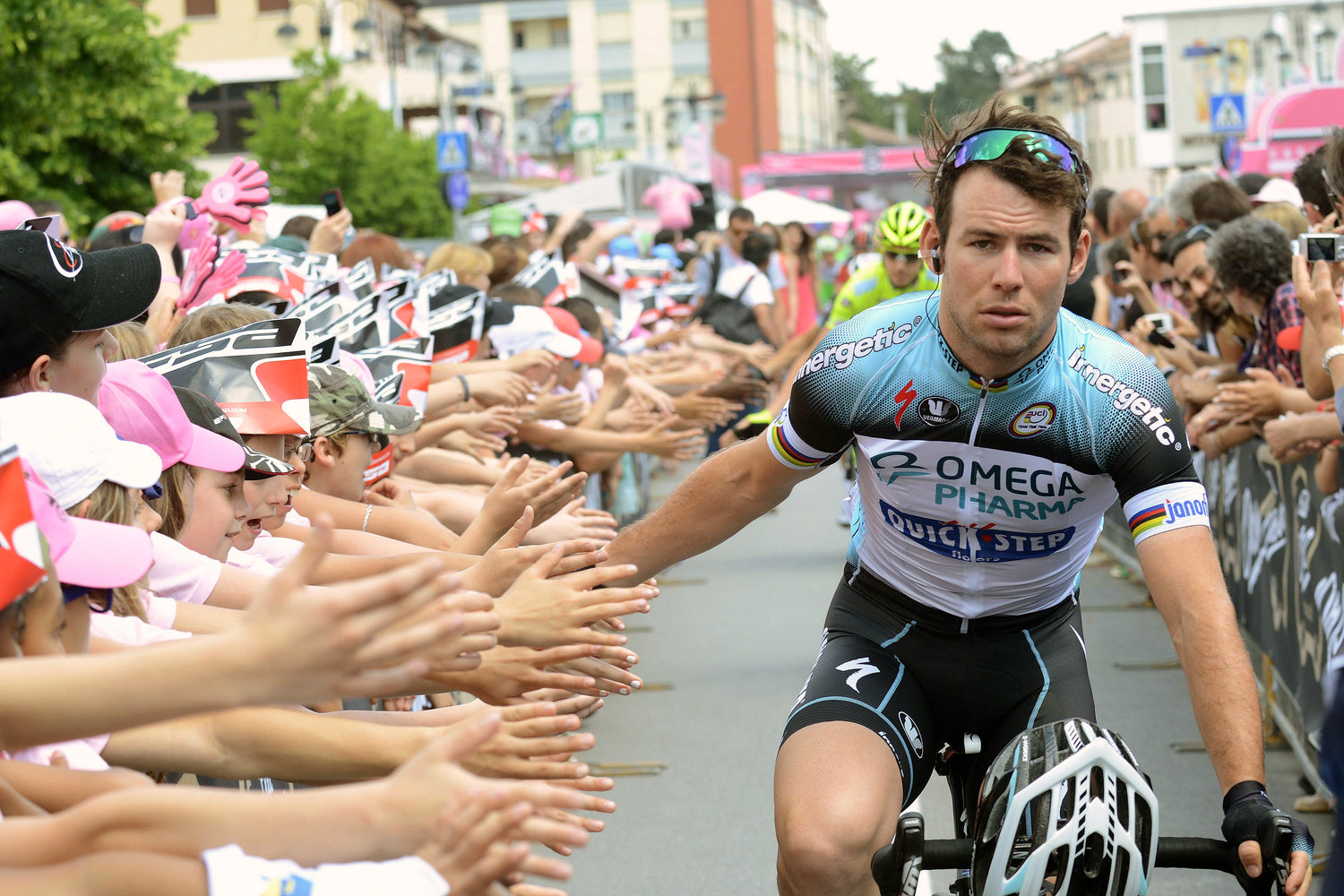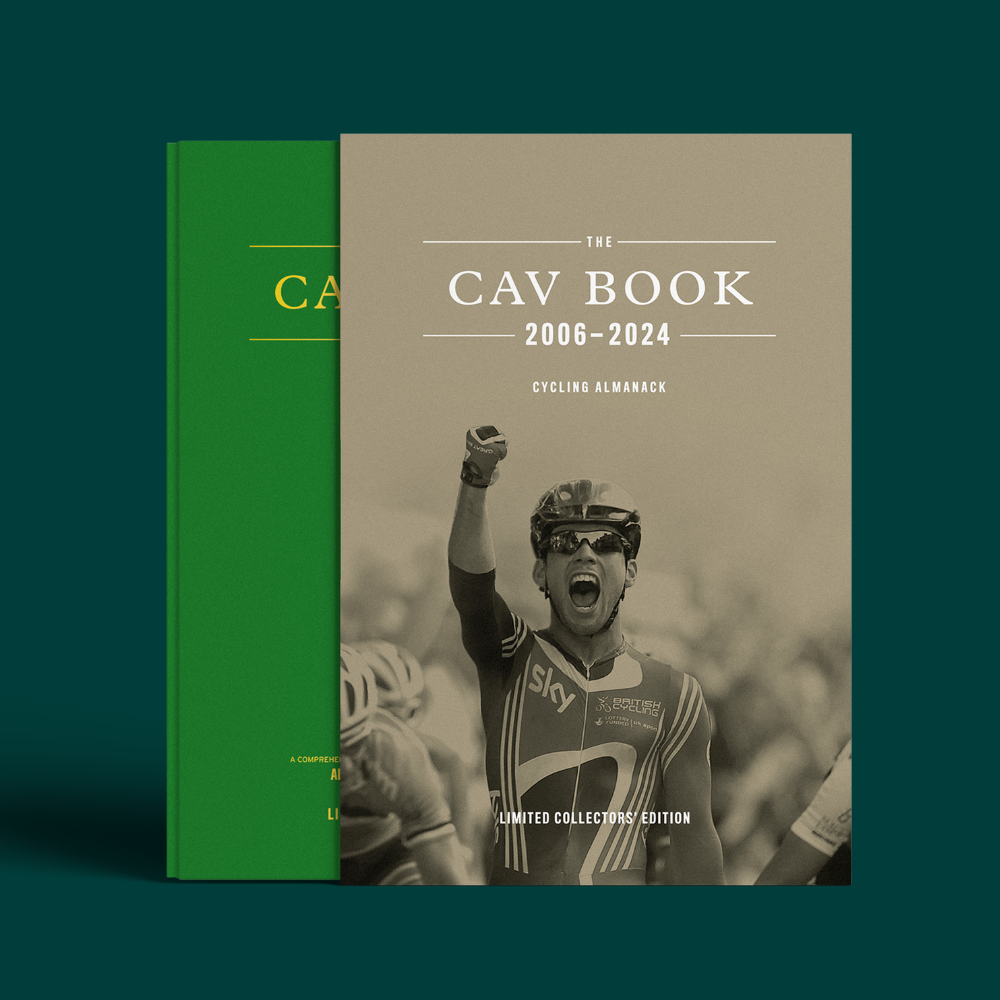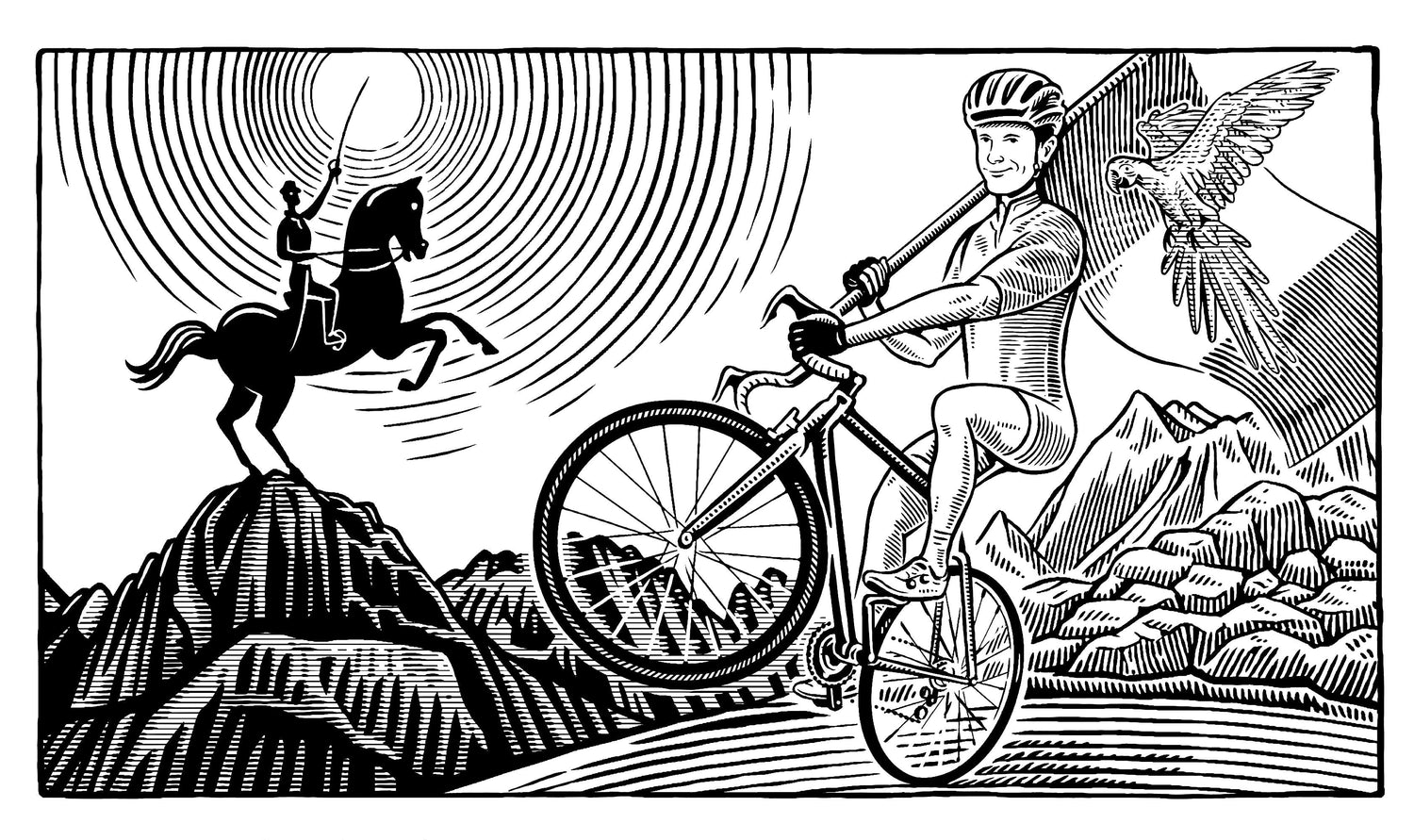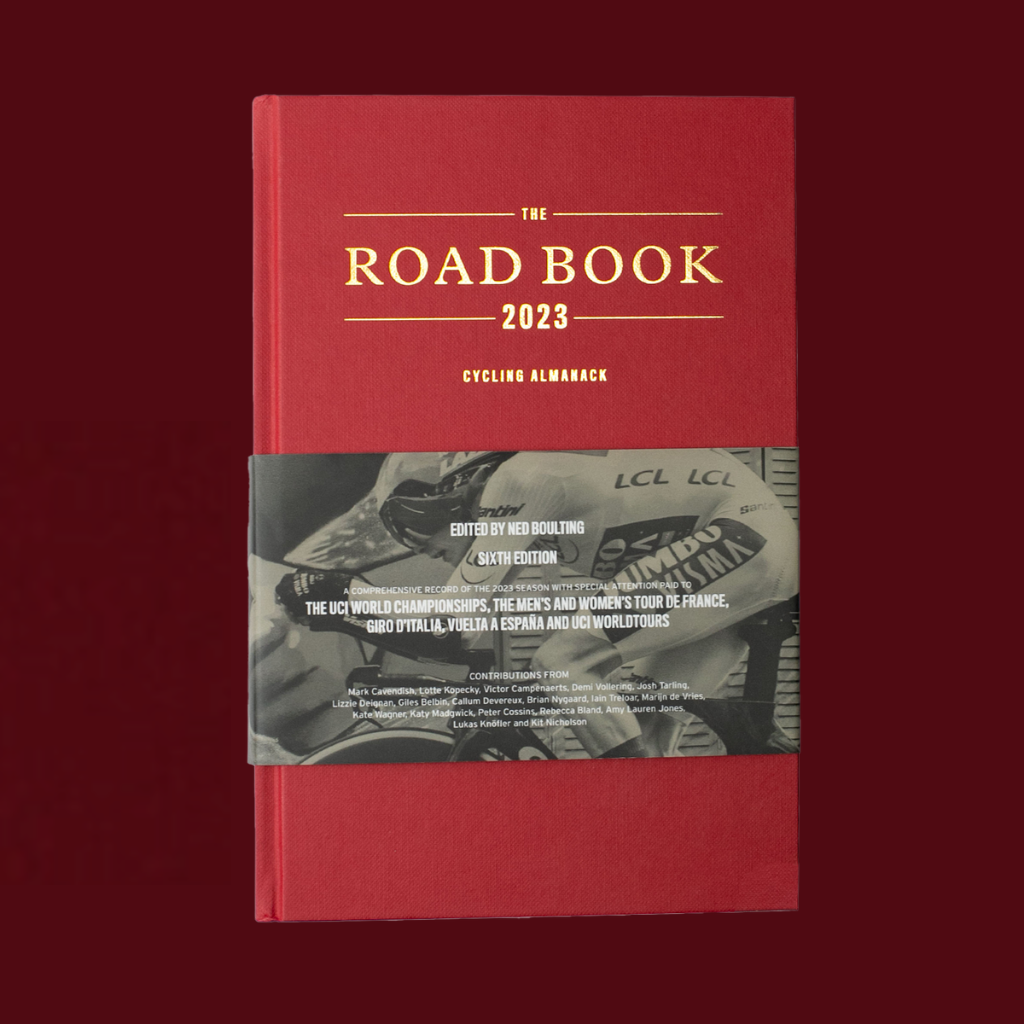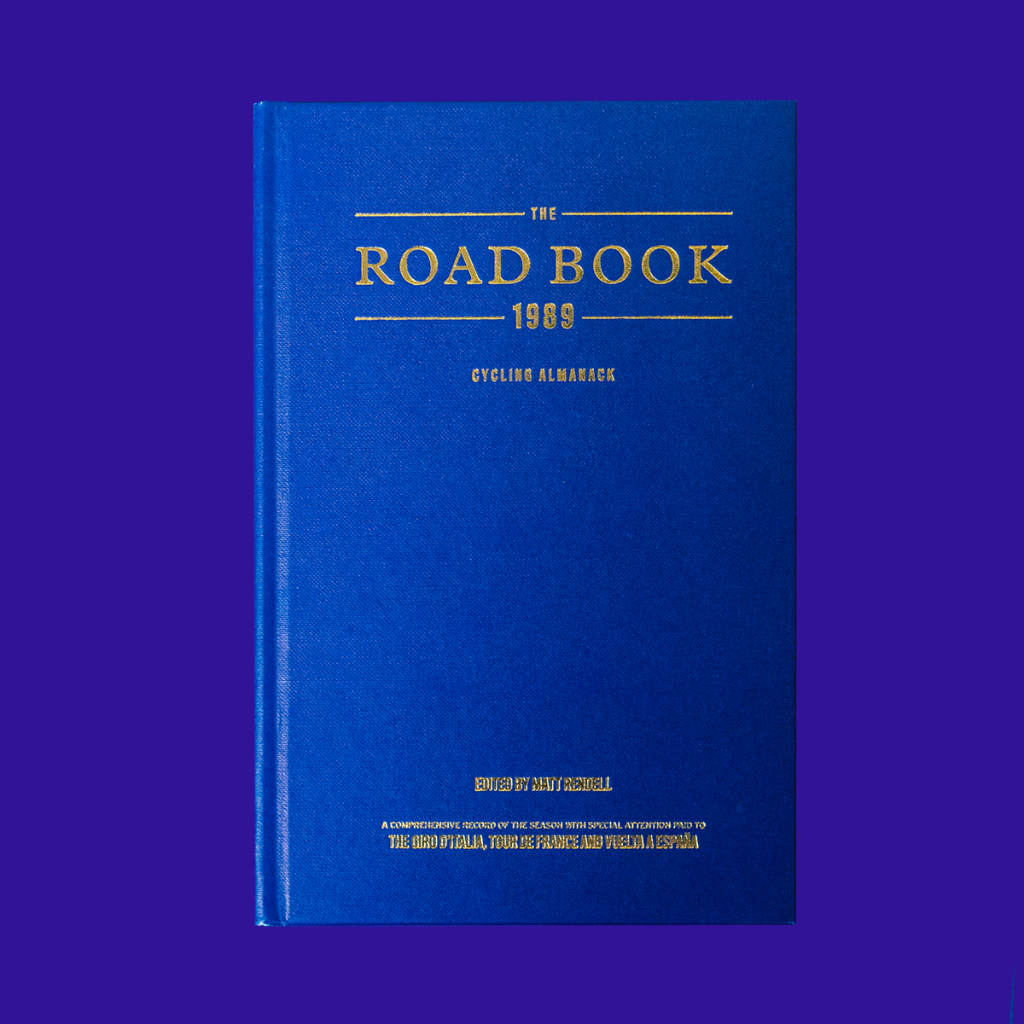It is that time of year, the time of my favourite stage race, the Giro d’Italia – except that, for me, it is more than a bike race. Or rather, in order to be a bike race, it has no option but to be something more.
Most obviously, it is an exploration of Italy’s geography, or some of it, the westernmost point of this year’s route being no further west that Stupinigi, the start town for stage 2,and the northernmost point, the Passo della Splüga on stage 20. Stage 8 takes the riders from the Giro’s easternmost point, the start town Foggia, to its southernmost point at Castelvenere, 60 km northwest of Naples, before the race route turns northeast towards the finish line at Guardia Sanframonti.
Stage 15 starts on the island of Grado, a place I know well. Stage 20 passes the point in Italy furthest from the coast, at Monte Spluga, near Madesimo, 234 km from the sea. The poet Giosuè Carducci, the first Italian Nobel Prize for Literature in 1906, used to holiday there.
Some places even get two bites of the cherry: Novara, in stages 3 and 19; Piacenza in stages 4 and 18; the village of Cordignano, outside Treviso, in stages 14 and 16; Canazei in stages 16 and 17; even a 4.8 km section of the SP22 between Montechiaro d’Asti and Montiglio Montechiaro in stages 2 and 3. Others only sound like they do: Rovere, Rovereto, Roveredo and Roveleto, Cicognolo and Cigognola, Chieri and Chieti, Castelnuovo Don Bosco and Castiglion del Bosco.
Carducci is not the only contributor to Italy’s great literary tradition who will be remembered along this year’s route. The 2021 Giro celebrates Dante and Virgil: during stage 1, the riders race against the clock along Viale Virgilio. Stage 12 goes into Dante territory along the white roads of Tuscany, Stage 13 is dedicated to Dante: it starts in Ravenna, where he died 700 years ago, and finishes in Verona, where he lived in exile from his beloved Florence. Then stage 18, at km 88.3, passes through Castel Goffredo, Virgil’s birthplace. Near Canossa on stage 4, the poet Francesco Petrarca spent the summer of 1341 finishing his poem “Africa”. The island of Grado was the hometown of the dialect poet Biagio Marin, nominated for the Nobel Prize in 1981, while another dialect poet, Pier Paolo Pasolini, who taught himself to write in Friulan, shot part of his film “Medea” in Grado, with the opera diva Maria Callas.
It is a musical Giro too. Stage 18 takes us to Cremona, home of the master violin builders Stradivarius and Guarneri, and Ala, where Mozart was a frequent visitor. His librettist Lorenzo da Ponte, who wrote the books for The Marriage of Figaro (1786), Don Giovanni (1787), and Così fan tutte (1790), stayed at Castello di Spessa, on the route of stage 15 – as indeed did Giacomo Casanova. And, under Marquis Aloisio Gonzaga, the Palazzo Gonzaga-Acerbi in Castel Goffredo became the capital of the small state, frequented by poets and artists like Pietro Aretino.
The Giro is a tour of Italian cuisine, and how could it not be? Take stage 2 alone, which takes us from None, with its annual chocolate fair, to “peppermint city” Pancalieri, ‘Carmagnola, the host of a ten-day annual Pepper Fair, Chieri, famous of its foccaccia, Montechiaro d’Asti, the home of white truffle, Murisengo , the hometown of Luigi Lavazza, the great coffee merchant, the rice-growing centres of Vercelli and Novara, and, of course, Novara, the home of the aperitif Campari. Italy being Italy, every stage offers a comparable itinerary.
Stage 11 is the official Brunello di Montalcino stage, but there is barely a stage that flanks either major wine growing areas, or vineyards of niche local vines. Take, just for exaample, the Vallagarina on stage 17, where ancient Enanzio Lagarino vines, known to the ancients as Oenanthium, are grown, together with Faja Tonda-Casetta, another of the oldest red grape varieties, which was largely abandoned in the 1960s, although a few hectares survive today in the municipalities of Ala and Avio.
And we could talk hilltop villages, landscapes, art and architecture endlessly. But, between all these cultural riches lie something that is central to cycling’s psychic charge: distance, difficulty, difference.
By difficulty, I mean physical obstacles, from the obvious, visible impediments represented by mountains, to the less visible hindrance of cobbles and white roads, even, at times, the invisible resistance of the wind.
40% mountainous, Italy is well-stocked in mountain passes, with Alps and Dolomites piled across the top and a ridge of Apennines running 840 miles down the middle. If you chose start towns and finish towns at random, the chances are there would be a fairly formidable physical obstacle between them.
Italy is a land of hundreds of languages lazily described the Italians as dialetti but which aren’t dialects at all, in the sense of being variations on Standard Italian, but languages which evolved alongside but entirely independently of what would become the national language, which is essentially the language – or dialect – of Florence.
Going back to the realm of the symbolic, as a nation that was only unified in the 1860s, Italy is still riven by historic rivalries between villages, towns and regions, and crisscrossed by dividing lines of language, culture and worldview, easy to miss but evident in the smallest daily things, to wit, the rice-pasta divide or the butter-olive oil partition. Ask for “Un nero” at the railway station in Trieste and you get a small, strong coffee in an espresso cup. Ask for “Un nero” in the bar at the next station along, Monfalcone, and they give you a glass of red wine.
So Italy offers endless opportunities for the symbolic crossing of thresholds, conscious or unconscious. To my mind, all these factors make it such fertile ground for cycling, and the Giro d’Italia such a magical and compelling spectacle.
Or think of another great cycling nation, Colombia, a land where gravity has sometimes seemed to pull too strongly. One national historian calls it “a nation in spite of itself.” The invisible network of lines its cyclists trace over the nation sometimes seems the only holding it together, weaving past and future as the riders carry the cross of their homeland into the mountains where, through voluntary acts of suffering, they seem to pay penance for Colombia’s sins.
So cycling, the territorial sport, is a great unifier. If cycling races yield an emotional return greater than the local inconvenience they cause, it is perhaps through the veiled psychic fulfilment from the completion, in emotional scenes of triumph, of arduous athletic odysseys across the land.
And, going back in time even beyond the first Giro d’Italia to the first ever classic, Milano-Torino, 145 years ago, it crosses another kind of threshold too: the threshold of time. As we race towards the future, the bicycle, that elementary machine, the peasant’s work tool, keeps open our psychic supply lines to the past. This too must be somewhere near cycling’s essence.
Matt Rendell


